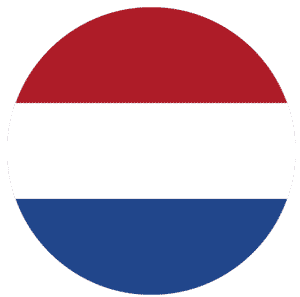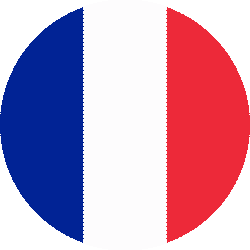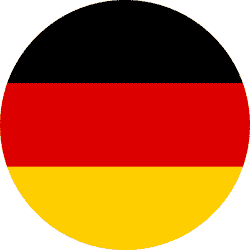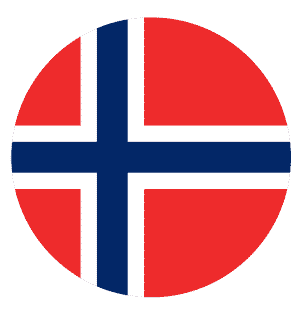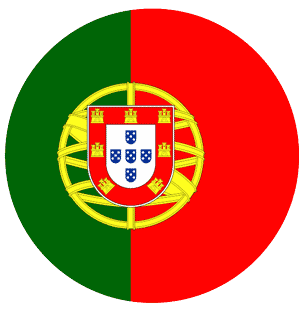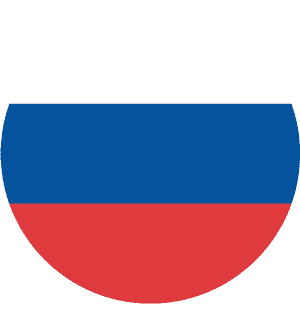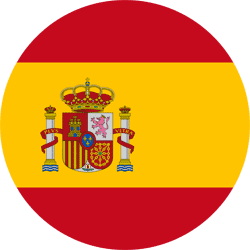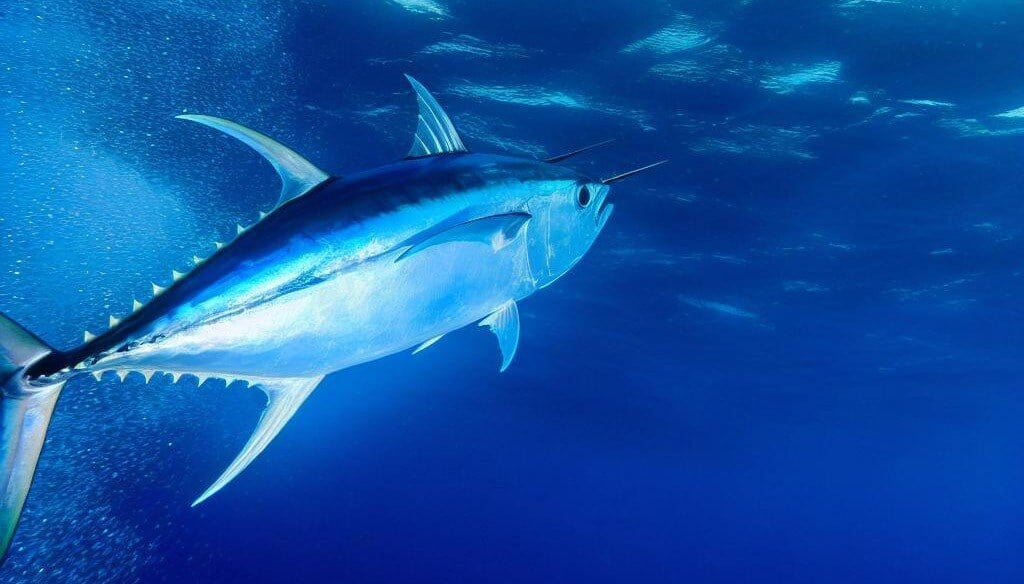In 2024, China imported 645,500 metric tons and 39,600 metric tons of Sweet Whey Powder (SWP) and Whey Protein Concentrate (WPC), respectively, making China the main global buyer of whey products. Due to the renowned quality and price competitiveness, US and EU companies were the main suppliers for SWP and WPC. Additionally, Australia and New Zealand made up a significant share of WPC imports to China, helped by the proximity and lower shipping costs.
During Q1 2025, total dairy imports to China were higher-than-expected, up by 13% year-on-year (y-o-y) in milk solids. The SWP category was the main growth contributor by volume, with 182,000 tons imported in Q1 2025, up by 27% y-o-y. The US was the main supplier, representing 42% of total Chinese SWP imports, followed by the EU and Belarus, accounting for 30% and 8%, respectively. Also, WPC products experienced a significant import rise in Q1 2025, at 8,600 tonnes, up 21% y-o-y. Like in SWP, EU and US were the main origins of WPC imports, 47% and 29%, respectively. Meanwhile, Australia and New Zealand accounted for 22% of total WPC imports.
The increase in SWP and WPC imports is probably attributed to China’s buyers accelerating purchases ahead of an uplift in import tariffs to avoid additional costs. Delving into Chinese imports during Q1 2025, China’s buyers have been preparing to reduce the reliance in US SWP and searching for alternative sources. Indeed, Argentina doubled its export sales, and Turkey’s SWP sales to China grew from 300 tons in Q1 2024 to 11,000 tons in Q1 2025. If new tariffs for US products are finally realized, it will be interesting to see if the same trade flows will continue. Belarus, Argentina and Turkey would gain market share in China SWP imports or Chinese buyers would shift to EU SWP with elevated prices, but higher renowned quality. Similarly, it would be interesting to see in WPC category who will be gain the most market share, the EU, New Zealand, or Australia.

.png?width=145&height=54&name=Mintec_Logo_Small_Use_Mono_RGB%20(2).png)

